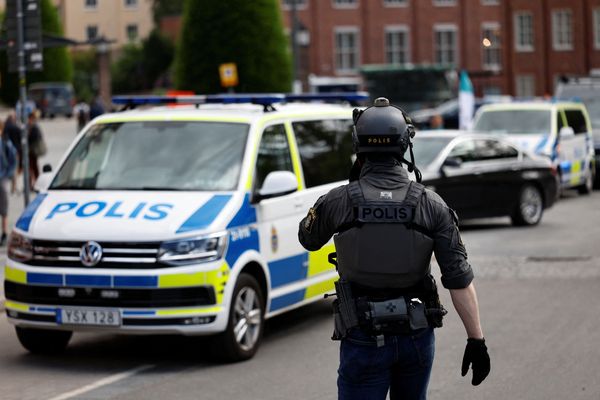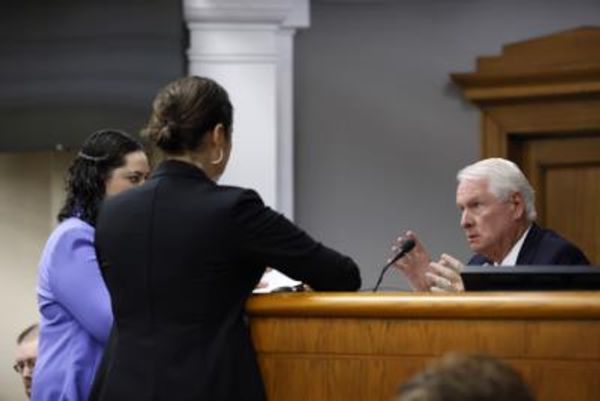
With last weekend’s elections in Sweden and the polling for next week’s election in Italy, Europe’s at a tipping point: in just about every major EU country, post-fascist parties now dominates the right. And in most countries, that fascist-dominated right is on track for government.
Europe’s aging nation states are finding themselves more like, say, Australia — dependent on migration for growth — and on the extreme right they’ve discovered how to mine opposition for votes.
In most of the old western European nations, the post-fascist parties have jumped to lead the right through a dual strategy of inspiring more conservative traditional voters with a rah-rah nationalism while bringing older, working-class voters — usually male, usually regional — over into the conservative camp. (It was this strategy that Morrison sought to ape in the 2019 election.)
The result? In Italy, Austria and now Sweden, elections or polling show these post-fascist parties are now the dominant force on the right, first becoming partners in government and then leaders in their own right.
In other countries like Spain and the Netherlands, they are making themselves indispensable to conservative partners or dragging the traditional conservative parties to the anti-immigrant right.
It’s only in France and Germany where history seems to have encouraged the traditional centre-right to instead ally with the centre and centre-left in defence of democracy.
The extreme right-wing shares policy positioning: hostile to immigration, particularly Muslim migrants; a chest-beating “tough on crime” stance (particularly where the crime comes with a racial component); climate sceptic; Euro-sceptic; opposed to “special” rights for women or LGBTIQA+ people.
Underpinning it all is the dirty secret at the heart of ethno-nationalist populism. As Jan-Werner Müller says in What is Populism?: “Only some of the people are really the people.”
The crisis they’re exploiting has been a long time coming: it’s that moment when the post-World War I Wilsonian legacy of (more or less) homogenous nation states crashes into the 21st century’s mass movement of peoples, powered by the freedom of movement of EU citizens and the global crisis of refugees.
Now, across the 31 nations in the European Union or the Schengen visa-free travel zone (and in Australia, too), about one in 10 residents are not citizens — or voters — of the country they live in. In Europe, about half of them come from other EU countries and half from outside the EU. The proportion is higher still in western and northern Europe.
While the right hates freedom of movement, it’s been embraced by people seeking new opportunities. Since the collapse of the old-Soviet blocs, the central and eastern European countries have provided a migrant pool for the old West. Now it’s Ukraine. Soon, expect Russia.
Being “European” hasn’t placated the populists. Remember that Brexit ire about the mythical Polish plumbers?
Migration is renewing cities culturally and economically, particularly cities falling along the western side of the old fault line of the iron curtain: in Berlin about a quarter of the population are not German citizens. In Vienna, close to one-third are non-Austrian residents. It’s making those cities younger, more progressive, both less religious (Berlin, for example, is 60% non-religious) and more religiously diverse. Major European centres average about 10% Muslim.
In turn, it’s threatening to unmoor those cities from the surrounding country, leaving the regions mutteringly disapproving of the urban trends — and open to the lure of the “we can stop this” right.
Concepts of citizenship haven’t kept up — and a key demand of the populist right is to keep it that way. Most European countries have difficult residential, language and cultural tests for seekers of citizenship. In Sweden’s recent election, for example, the right bored away at the fact that a third of the country was either born overseas or have a parent who was.
It’s an easy target. Plenty of migrants can’t vote: in Sweden, that’s about 10% of the voting age population, mainly in the big urban centres of Stockholm and Malmo.
More progressive cities are looking for ways to allow non-citizen residents to vote in local elections. Right-dominated parliaments are resisting change.
The migration trends are unlikely to change anytime soon. Nor are national voting trends. We could be heading to a new status quo: right-wing national governments at war with the progressive cities that power their economies and are remaking their cultures.







